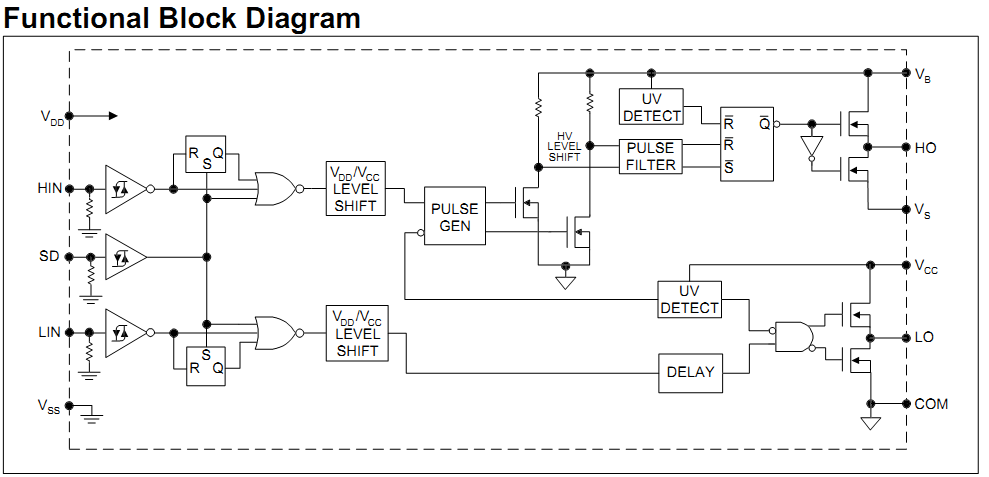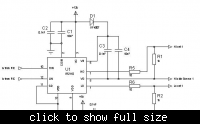atifsheikh_91
Member level 1

Hello How can I use only the lower side of IR2110?
Please help me with circuits that interface PIC16f877a with ir2110.
what should be the value of VDD of IR2110 if the Power Rail of Transistors is 220VDC ? (in Half_bridge)
Please help me with circuits that interface PIC16f877a with ir2110.
what should be the value of VDD of IR2110 if the Power Rail of Transistors is 220VDC ? (in Half_bridge)






